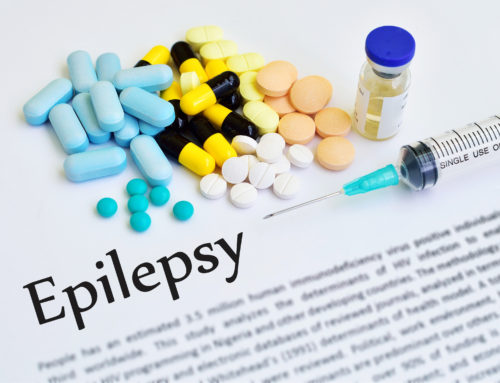An international public-private consortium of researchers brought together by the University of Dundee and led by The Michael J. Fox Foundation for Parkinson’s Research has identified and validated for the first time the cellular role of a primary Parkinson’s disease drug target.
In work published in eLife, the team comprising investigators from the University of Dundee, Max Planck Institute of Biochemistry, GlaxoSmithKline and MSD, known as Merck & Co., Inc., in the United States and Canada, has discovered that the LRRK2 kinase regulates cellular trafficking by deactivating Rab proteins.
This finding illuminates a novel route for therapeutic development and may accelerate testing of LRRK2 inhibitors as a disease-modifying therapy for Parkinson’s, the second most common neurodegenerative disease. The team contributed unique tools and expertise toward rigorous systematic testing that determined the LRRK2 kinase regulates cellular trafficking by deactivating certain Rab proteins (3, 8, 10 and 12). Mutations in the LRRK2 gene are the greatest known genetic contributor to Parkinson’s disease.
Pharmaceutical companies are developing LRRK2 kinase inhibitors to correct the effects of those mutations and treat Parkinson’s disease. This new breakthrough finding that links mutant LRRK2 to inappropriate deactivation of Rab function unlocks more than 20 years of accumulated knowledge of the roles of Rab proteins. This knowledge can now be integrated to significantly improve our understanding of LRRK2 dysfunction in the Parkinson’s disease process.
Professor Dario Alessi, Director of the Medical Research Council Protein Phosphorylation and Ubiquitylation Unit at the University of Dundee, said the findings represented a major breakthrough in understanding the role of LRRK2 in causing Parkinson’s disease.
‘The unique model of collaboration in this project and our systematic approach across laboratories using advanced technologies and layers of confirmation provide a firm foundation from which to continue this line of investigation and further refine our understanding of the LRRK2 Rab relationship.’







